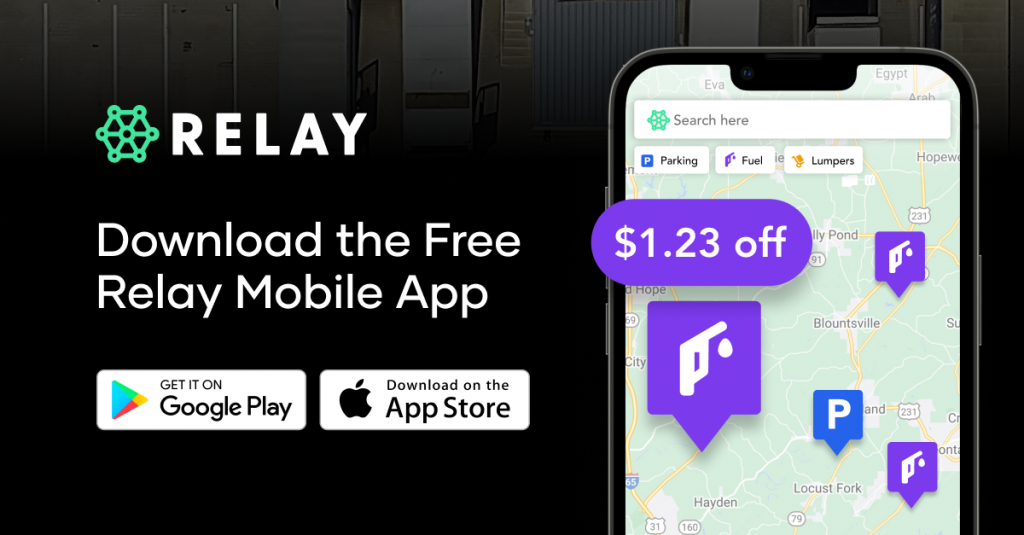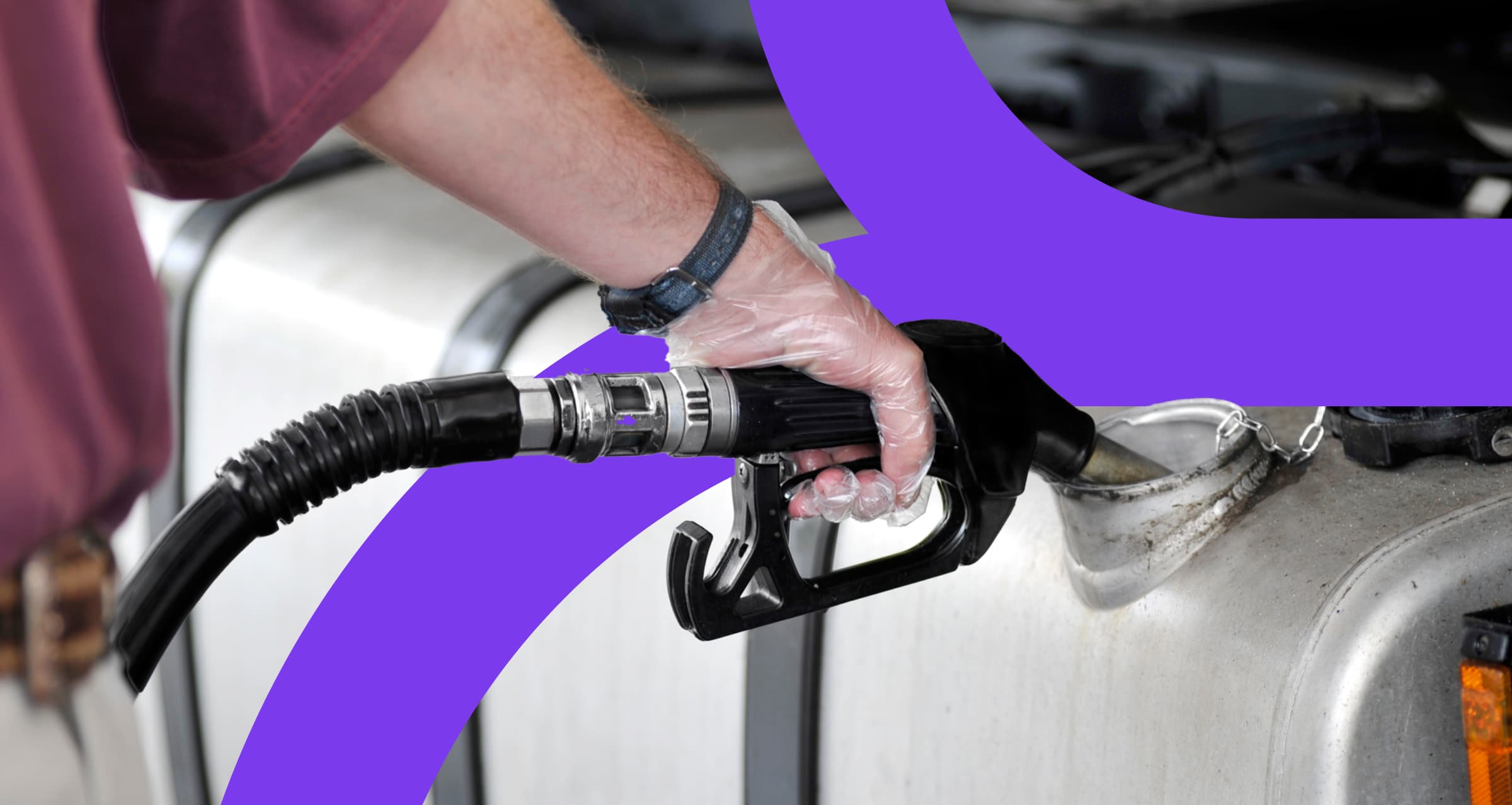Look past the discount to identify the true cost of fuel
Let’s say you’re driving down the interstate and you need to fuel up somewhere within the next 20 miles. You've done your research and know Joe's Truck Stop is offering a diesel discount of 45 cents per gallon today, while Mike's Truck Stop is only offering a discount of 35 cents per gallon. You already know that the discount is bigger at Joe’s, but are you actually saving more money if you filled up there? That uncertainty is the root of the problem with focusing on discounts layered onto fuel cards.
Especially in these times, trucking companies and drivers need to find a way to save money on fuel to keep their costs as low as possible. One way to ensure overall savings is to focus on the net price of fuel, instead of the size of the discount.
If the focus of a trucking company or driver is more on discounts, simply taking into account the number of cents off without considering the original price, it can lead them to spend more on fuel than they should. (Read our blog post on managing cash flow issues due to unexpected expenses like fuel price hikes.)
Truck stops offer negotiated fuel discounts, but it’s hard for drivers to figure out how much they’re actually saving – or if they’re saving money at all – because they may not be focused on the net price of fuel.
If you want to get a sense of what you’re really paying at the pump, consider the net price you’ll be paying for fuel, rather than simply the size of the discount you’ll receive. You may find you’ll save more money – and this matters when every penny counts on the road.
So, what is the net price?
Your net price is the total price of a gallon of fuel after all discounts have been applied.
Why is the net price more important than the listed price?
Think of it this way: If Joe’s Truck Stop sells fuel for $5.00 per gallon and offers a 25 cent discount but up the road Mike’s Truck Stop offers it at the street for $4.85, with a 15 cent discount you’d pay less at Mike's.
Despite the lower discount at Mike’s (15 cents versus 25 cents), the net price of fuel – or what you'd end up paying – is still lower at Mike’s ($4.70 per gallon versus $4.75 per gallon.)
These discounts aren’t automatically reflected in the price you pay at the pump, so you have to do a little math to figure out just how much money you’d pay once you use your fuel card to get your discount. You can also use fuel apps that prioritize showing the net price of fuel at each truck stop.
How can drivers save money on fuel?
It’s hard to calculate savings when you are not always sure what you’re paying. Start by looking at the street price and noting the price listed there. Once you’ve looked through your fuel cards and any negotiated discounts, do the math and figure out the actual price the amount of the fuel discount is subtracted. That’s the net price, or the actual price per gallon of fuel.
No matter which fuel station or truck stop you choose, discounts don’t mean much if it does not accurately assess the initial price first – and focusing on fuel discount size instead of the net price of fuel can cost owner operators and smaller carriers lots of money down the line.
As a company, Relay focuses on providing its network with the lowest net fuel prices they can find on the road – and many of our merchant discount partners throughout the U.S. already offer drivers significant discounts to save money on fuel.
When you use the Relay app to find fuel, we do the hard work for you! We provide you with both the net price and total discount by location as well as a comparison of the surrounding area prices to give you a complete view of the cost of fuel.
Every cent counts in trucking. A few extra cents on thousands of gallons of fuel can add up fast, and Relay wants to help drivers buy fuel as easily and efficiently as possible. After all, a little bit of math can save a whole lot of money.


